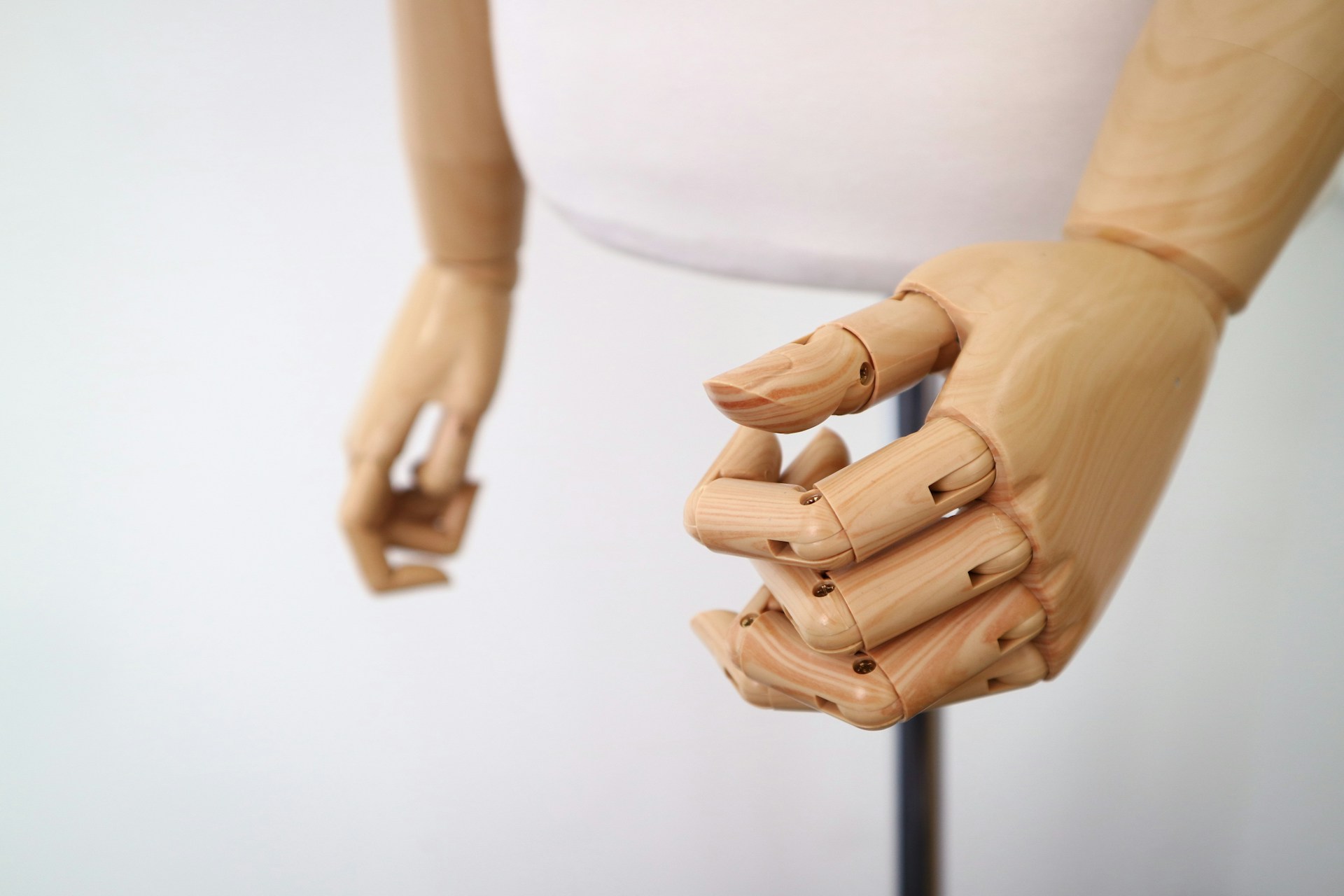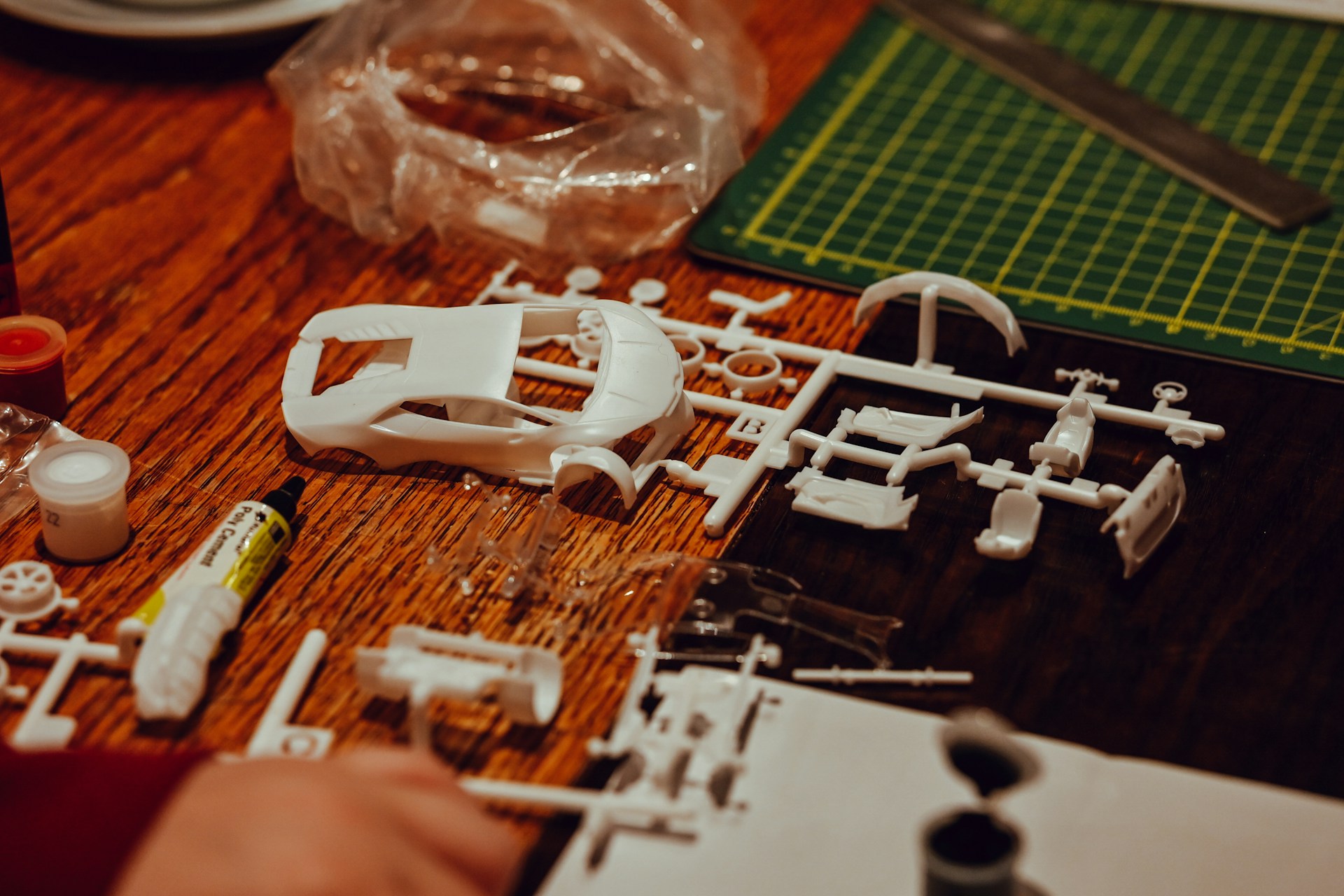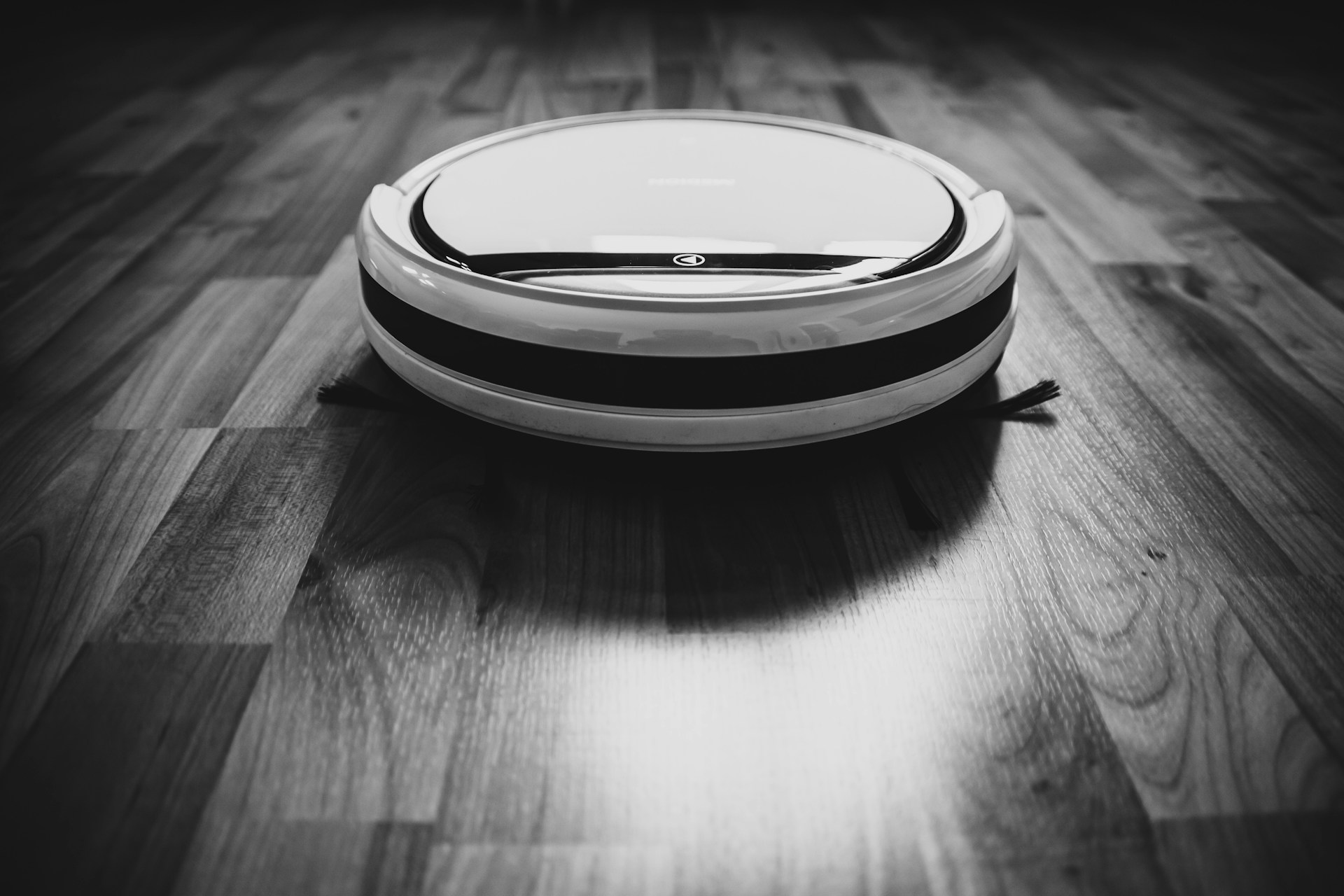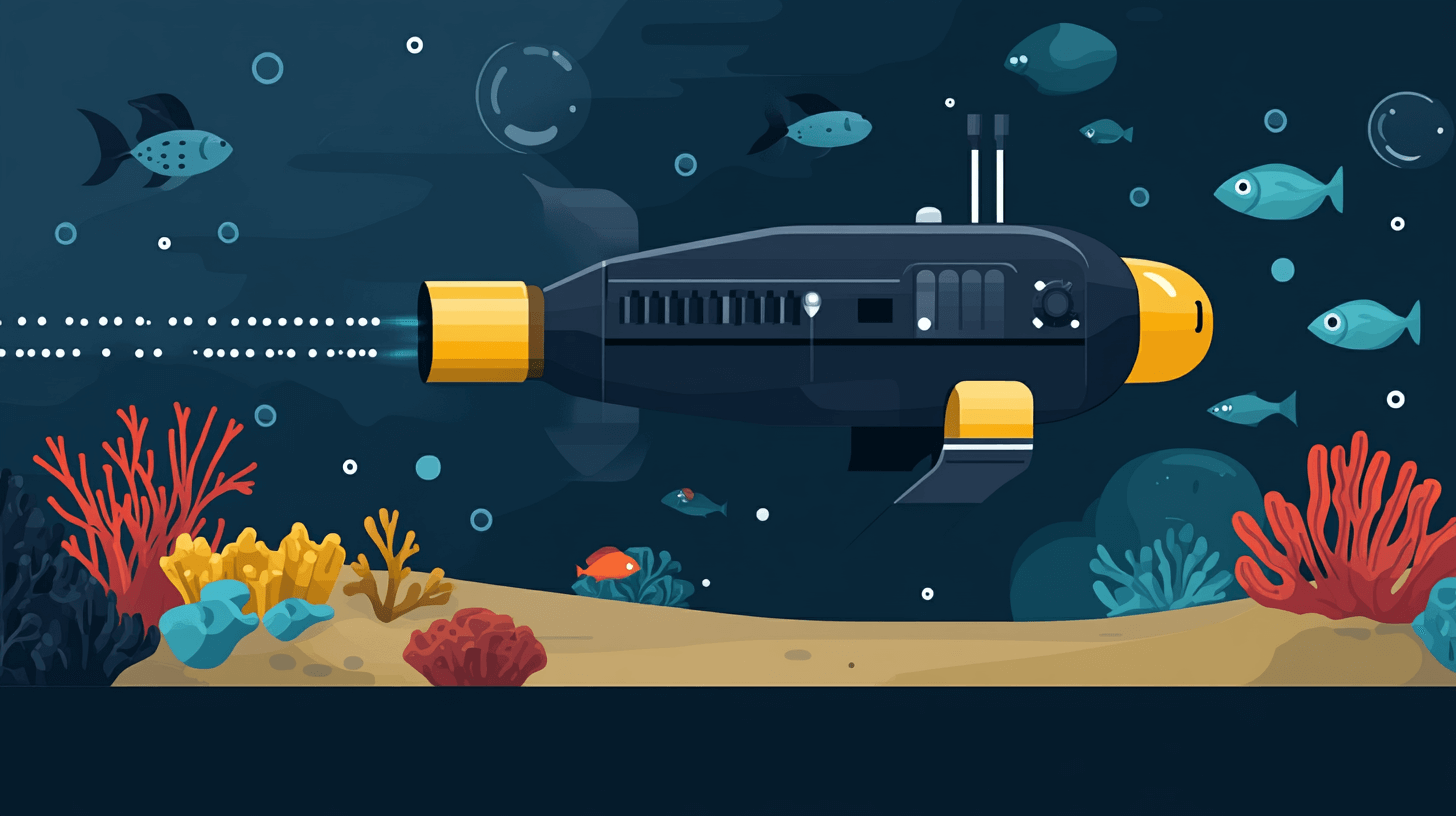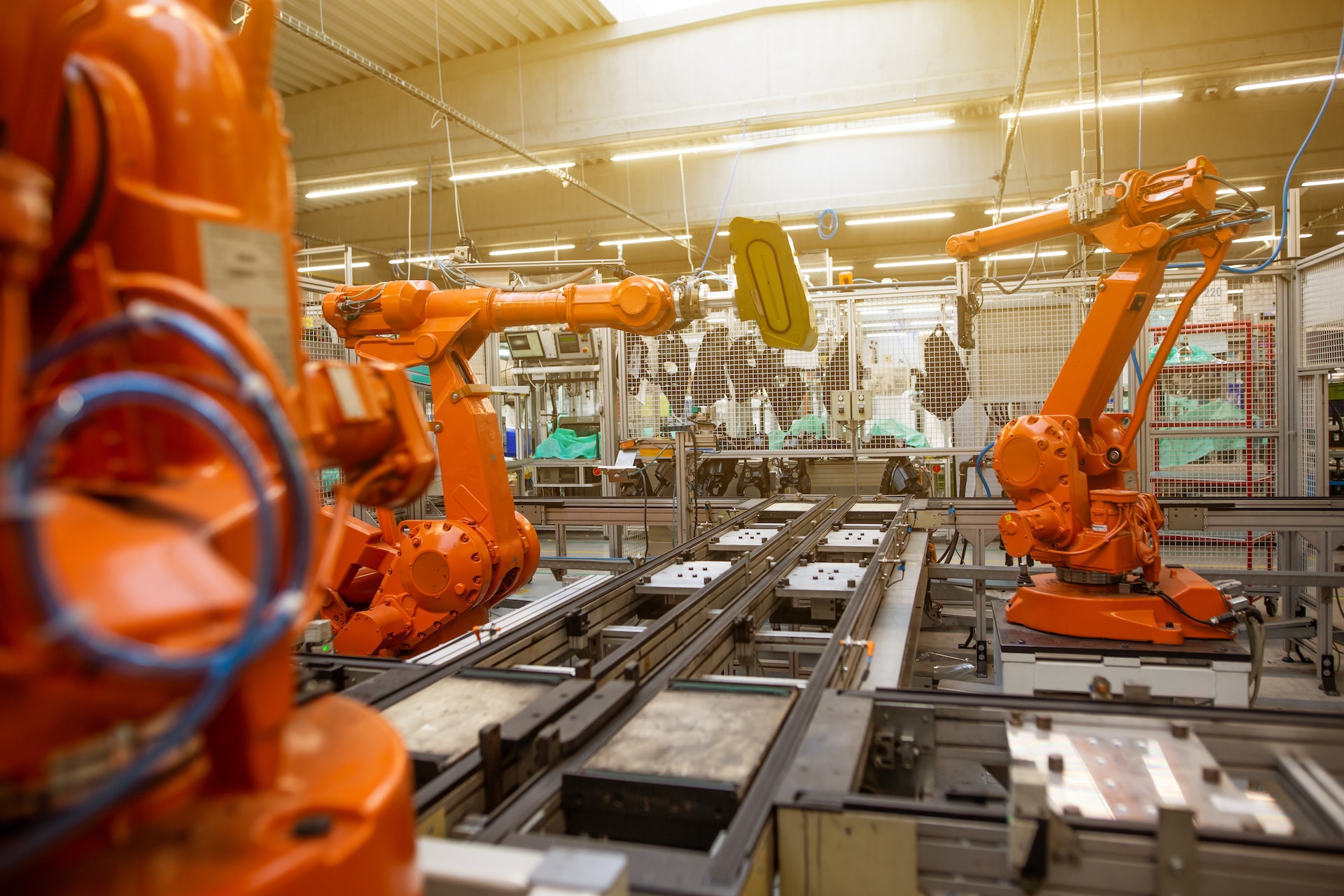
Types of Actuator Control Systems and Their Applications
October 13, 2023 - Lou Farrell
Revolutionized is reader-supported. When you buy through links on our site, we may earn an affiliate commission. Learn more here.
Actuators are a critical component for any industrial machine with moving parts. Every one of these devices also needs a system to control it, and these solutions deserve as much attention as the actuator itself. Without actuator control systems, a machine won’t be of much use.
To select the right control system, manufacturers and engineers must first understand the different types. Each kind has unique strengths and weaknesses that make it ideal in different use cases.
What Is an Actuator Control System?
First, it’s important to understand what an actuator control system actually does. Actuators provide motion by converting energy into mechanical force. In order to do that, they need a system to trigger and control that movement.
At its most basic, an actuator control system activates an actuator when it’s time for it to move and deactivates it when it must stop. Most of the time, though, they’re more complicated than that. Control systems also frequently determine the actuator’s direction, speed, force and other factors.
Selecting the right control solution is crucial because the wrong one can do considerable damage. A robotic arm that doesn’t stop moving when it should can cause equipment failure or waste, some of the most common causes of downtime in manufacturing. Alternatively, if it doesn’t move when it should or moves in the wrong direction, it’ll hamper the facility’s productivity.
Types of Actuator Control Systems
Just as actuators themselves vary widely by application and complexity, their control systems come in many different forms. Here are some of the most common types of actuator control systems in use today.
Manual Control
The most basic type of control system is a manual solution. As their name implies, these systems require some kind of manual involvement to work. That could be something as simple as needing a human to push a button to turn them on or something as involved as requiring users to physically move parts of the actuator.
Manual actuator controls are falling out of fashion today, but they still have some benefits. Most notably, they’re much cheaper and less complex than other methods. However, they’re also slow and tedious to operate. Considering manufacturers face a shortage of 2.1 million jobs, manual processes aren’t ideal in many use cases.
Automated Control
Automated actuator control systems are a more common alternative. These solutions don’t need human intervention but use sensors to determine when to turn actuators on and off. Frequently, they’ll also adjust the direction of motion, speed and intensity automatically to ensure higher accuracy.
The most significant advantage of automated control systems is that they reduce labor requirements. They also boost efficiency — as computers can work and adjust far faster than humans — and offer more movement accuracy, especially in repetitive, predictable tasks. As a tradeoff, though, they are inherently more complex, which means higher prices and more complicated troubleshooting.
Closed-Loop
You can further divide automated actuator control systems by distinguishing between closed-loop and open-loop operations. Closed-loop controls — sometimes called feedback controls — adjust the actuator according to both input and output. As it operates, it monitors its output to ensure it’s ideal, making small adjustments as necessary to stay within acceptable parameters.
Closed-loop systems can be fully automated, which is good for efficiency, accuracy and labor. They also minimize errors by ensuring they always produce the desired output. To do that, though, they need a network of reliable and accurate sensors. Robotic sensors have made several impressive strides lately, but they can still be expensive and challenging to implement.
Open-Loop
The obvious alternative to a closed-loop control system is an open-loop one. Whereas closed-loop controls respond to both the machine’s input and output, open-loop systems rely solely on the input. You can change that input to produce different results, but the device won’t be able to respond in real-time to output variations.
The biggest advantage of an open-loop controller over a closed-loop one is that they’re cheaper and easier to implement. Automation is also possible with these, but the automated system won’t be quite as autonomous as one that can correct itself according to its output. Open-loop systems may also not be as accurate in some applications.
Start-and-Stop
Some manufacturers also distinguish between types of actuator control systems by their functionality. The most basic system in terms of function is a start-and-stop controller. True to their name, these control solutions only start the actuator when it needs to move and stop it when the required motion is done.
Due to their simplicity, start-and-stop controllers are highly affordable. Having just two functions also makes machine failure less likely, and troubleshooting is easier if something does happen. The downside to that simplicity is that these control systems can only perform basic work, so they’re not versatile enough for anything requiring more than one motion.
Multi-Function Systems
Multi-function controllers, by contrast, can adjust more than their operating cycle. They may also direct components along multiple planes of movement, change the motion speed or respond to changes in real-world conditions.
Multi-function actuator controls are more expensive than start-and-stop alternatives, but considering 71% of manufacturers today plan on increasing their tech budgets, that’s not an issue for everyone. They’re also more versatile and enable more extensive automation, which can make up for their higher prices over time.
Choosing the Optimal Control System
Which of these actuator control systems is best depends on the application at hand. More advanced options like closed-loop, multi-function automated controllers may seem like obvious choices, but sometimes, simpler is better.
Choosing the right controller starts with understanding the end product’s working environment. How must the actuator move and why? Will its operating conditions change much over time? What budgetary and workforce constraints does the end user face? Questions like these will help determine what kind of system you need.
If the actuator only needs to move in one direction and other machine components handle the rest of the work, a start-and-stop controller is fine. There’d be little need to pay more for a more versatile alternative. Similarly, closed-loop systems are ideal in most cases, but if a machine’s output won’t change much and the operating environment is highly predictable, an open-loop controller will suffice.
The Right Actuator Control System Makes a Big Difference
Actuators are crucial to many industrial machines, so their control systems are equally, if not more, important. Choosing the right one ensures a robot will function as intended, and by the same token, the wrong one will produce subpar results.
Making the right choice starts with knowing what’s available. When you know the different types of actuator control systems and what each offers, you can understand which is ideal for your needs.
Revolutionized is reader-supported. When you buy through links on our site, we may earn an affiliate commission. Learn more here.
Author
Lou Farrell
Lou Farrell, Senior Editor, is a science and technology writer at Revolutionized, specializing in technological advancements and the impacts on the environment from new developments in the industry. He loves almost nothing more than writing, and enthusiastically tackles each new challenge in this ever-changing world. If not writing, he enjoys unwinding with some casual gaming, or a good sci-fi or fantasy novel.

